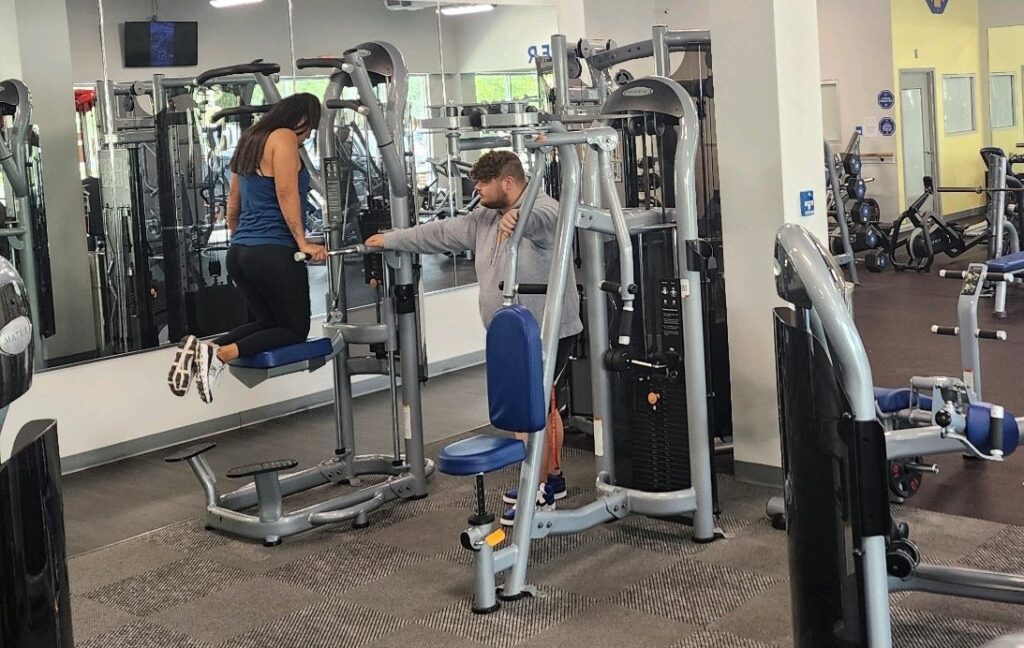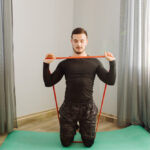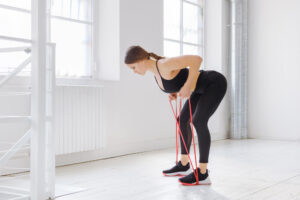For many, yoga offers more than just physical benefits; it’s a pathway to mental clarity and emotional balance. If you’re gearing up for your first class, you might feel a mix of excitement and nervousness. Don’t worry—this is completely normal!
Yoga is an inclusive practice, welcoming individuals of all ages, backgrounds, and fitness levels. This guide aims to prepare you for your first class, setting the stage for a fulfilling and transformative experience.
Choosing the right yoga class
When starting out, the variety of yoga styles might seem overwhelming—from gentle Hatha to the vigorous flows of Vinyasa. Here’s a quick rundown:
- Hatha yoga: Ideal for beginners due to its slower pace, focusing on basic postures and breathing techniques.
- Vinyasa yoga: A dynamic style that integrates movement with breath to flow from one pose to another.
- Yin yoga: A meditative practice that involves holding poses for longer periods, excellent for deep tissue and mental relaxation.
To find the right class, consider your physical fitness and personal preferences. Do you enjoy slow, more reflective sessions, or are you looking for something to get your heart pumping? Once you have a sense of what might suit you, check out local studios or online platforms.
Many studios offer beginner classes or introductory workshops, which can provide a supportive and comprehensive start. If you are looking for yoga classes in Lake City, then get your 3-day free pass at HiTone Fitness.
Preparing for your first yoga class
Now that you’ve picked your class, let’s prepare:
- What to wear: Opt for comfortable, breathable clothing that allows you to move freely. Yoga is usually practiced barefoot, so no special footwear is needed.
- What to bring: A yoga mat is essential for most classes. If you don’t have one, many studios provide rental mats. Also, bring a water bottle to stay hydrated and perhaps a small towel.
Before you head out:
- Meal timing: Avoid heavy meals right before class. A light snack 1-2 hours beforehand can keep your energy levels up without making you feel too full.
- Hydration: Drink plenty of water throughout the day, especially if you’re trying a hot yoga class.
Understanding yoga etiquette
Your first class is not just about doing yoga; it’s about immersing yourself in the yoga community. Here are some etiquette tips:
- Aim to arrive at least 10-15 minutes early. This gives you enough time to settle in, meet your instructor, and relax before the class starts.
- Once in the studio, it’s common to keep chatter to a minimum. This respects others’ space and sets a serene atmosphere.
- Keep your mat neatly aligned and maintain a tidy area. This not only helps in managing space efficiently but also enhances the collective experience.
Common challenges for beginners
Starting yoga can be an uplifting journey, but it’s not without its hurdles. Many beginners face a few common challenges:
- Feeling out of place: It’s natural to feel a bit awkward or self-conscious during your first few sessions, especially if you’re not used to the poses. Remember, every yogi started as a beginner, and there’s no judgment in a yoga class.
- Difficulty in following along: Initially, the pace and the specific terminology used in classes might be hard to keep up with. Don’t hesitate to ask your instructor for help, and remember, it’s perfectly okay to watch and learn at your own pace.
- Physical limitations: Not everyone can touch their toes or do a perfect downward dog on their first try, and that’s fine. Yoga is about personal growth, not perfection. Give yourself the grace to grow gradually.
Safety tips
As with any physical activity, practicing yoga requires attention to safety to prevent injuries:
- Be aware of your physical limits. If something hurts, stop and ask for a modification. Pain is not a part of yoga practice.
- Engage in gentle stretching or a few minutes of light activity to get your blood flowing before starting a class. This can help reduce the risk of injury.
- Don’t shy away from using blocks, straps, or bolsters to help you achieve poses safely and effectively. These tools are there to support your practice and enhance your alignment.
- Listen carefully to instructions and be mindful of aligning your body correctly in each pose. Misalignment can lead to strain or injury.
Advancing in your yoga practice
As you become more comfortable with the basics, you may feel ready to deepen your practice. Here are some tips for progressing:
- Regular practice is essential in yoga. Try to set a routine that allows you to attend classes consistently, or practice at home. How often you should do yoga will also depend on your goals and needs.
- Once you have a handle on the basics, explore other styles of yoga to find what resonates with you and challenges you in new ways.
- Yoga retreats can be a transformative experience, offering intensive practice and the opportunity to connect deeply with yourself and like-minded individuals.
Final thoughts
Every yogi’s path is personal and unique. While challenges are part of the journey, overcoming them is what leads to growth. Stay patient, keep practicing, and don’t forget to listen to your body and respect its limits.
Yoga is not just about flexibility and strength; it’s also about inner peace and finding harmony between your mind and body. Keep these tips in mind as you continue on your path, and embrace the rich experiences that yoga has to offer.







